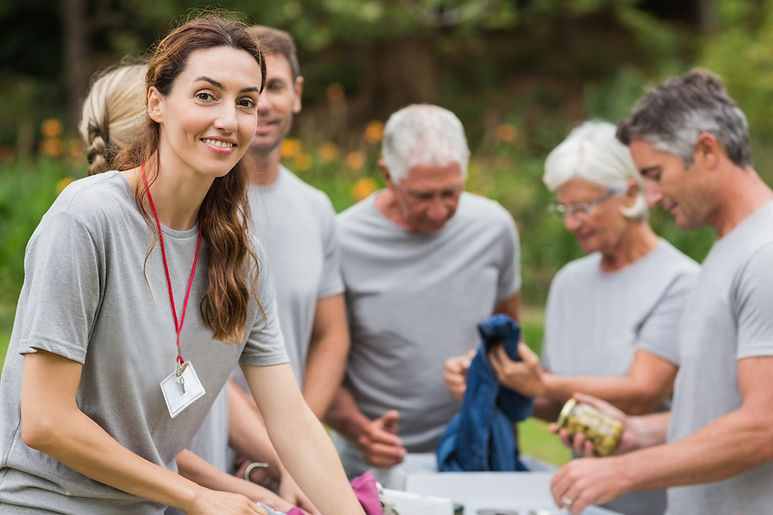
Whether you are a hospital or a business, a community leader, a mid-teen yet to enter the adult world, or a 24/7 busy bee going back and forth between your job and kids, you can help save this cute little sea turtle in your own way. Keep scrolling to find out how!

-
Only put items that can be recycled in the recycling bin, because sorting is one of the biggest challenges we face in recycling (check with your local recycling service provider for guidelines)
-
Carry a reusable water bottle instead of using plastic bottles
-
Pack a Waste-Free Lunch using a reusable lunch box and reusable containers for food
-
Bring your own reusable cup everywhere you go (you might risk being known as the one with the cup)
-
The internet is your oyster. Google the basics of recycling. Use this website to find out how to recycle the specific materials you have at home: Click Here
-
Throw plastic gloves away in the trash and not on streets or sidewalks (*cough cough* a very relevant advice in these times) Click Here
-
Try using reusable grocery bags (not permitted during COVID)
IT STARTS AT HOME
Trash, packaging, and improperly disposed waste from sources on land accounts for 80% of the marine debris found on beaches during cleanups and surveys.

THE COOL
NEIGHBOR
-
Just do everything in the list above, but louder. Do it loud enough for your neighbors to notice it, because being eco-friendly is cool.
- Volunteering at environmental conservation organizations with friends and family is a superior alternative to going to the movies. Seriously, if the idea is to strengthen relationships, then why do people pick out the one place where talking is seen as a taboo?
- Take our advice, communication is key. So email this infographic by the EPA to everyone in the neighborhood group chat: Click Here
- We're not even going to say it, because we all already know to pick up after ourselves
- Donate to us and brag about it like it's a brand new 65' 4K TV

-
One of the biggest obstacles in municipal and medical waste management is sorting. Research shows that designating separate waste containers for recyclables and non-recyclables for both unregulated waste and regulated wastes, as simple as it sounds, has great positive impacts, since it makes the mechanical sorting of wastes that much more efficient.
-
Even shredder fluff, which is the result of shredding wastes for better sterilization, can be recycled very effectively using different kinds of technologies, such as froth flotation and precipitation, as long as there were good sorting practices at the time of waste disposal.
-
Having separate bins is not enough. Train every staff member on proper disposal, and if not fine them, give them firm warnings for improper waste sorting.
-
Renegotiate your contracts with your waste hauler for a more efficient transportation of wastes.
-
Use reusable products when you can. C'mon, don't be cheap, hire some dishwashers. They'll pay off in the long run: Click Here
-
Hospitals should consider on-site waste treatment. For example, hospitals with our Recyclo-Zone technology can eliminate the need for a separate hauling schedule for Bio-hazardous Medical Waste and the overflow of waste at RMW treatment facilities (does not include radioactive waste).
-
Here's a book by the WHO on safe management of medical waste:



